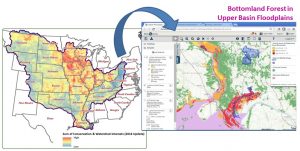

Symposium Summary: Inland Drivers of Coastal Hypoxia
Sponsors: Fish Habitat, Marine Fisheries, and Estuaries Sections A symposium jointly sponsored by the Fish Habitat, Marine Fisheries, and Estuaries Sections explored how inland land use
American Fisheries Society Family of Websites:
Read our five journals and Fisheries magazine
Find thousands of unpublished agency reports and other information
Join us in Honolulu in 2024
Find an AFS Unit near you or in your area of specialty
Learn how to communicate the effects of climate change on fisheries
Summer internships for high school students
Explore our initiatives to increase diversity in the Society and in the fisheries profession
Find fisheries science products and services
Quick answers to common questions


Sponsors: Fish Habitat, Marine Fisheries, and Estuaries Sections A symposium jointly sponsored by the Fish Habitat, Marine Fisheries, and Estuaries Sections explored how inland land use

